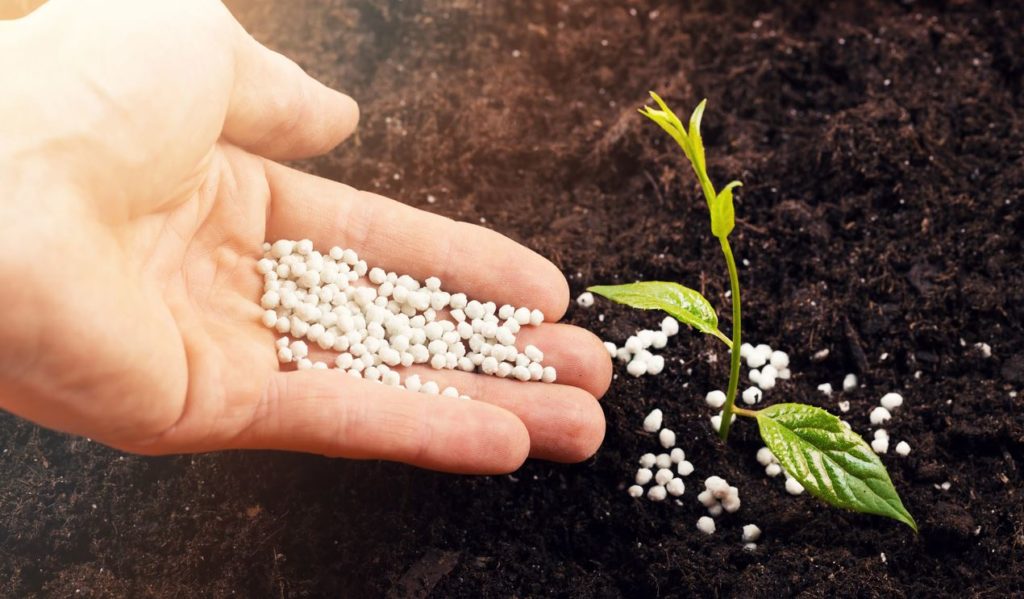During January’s Southeast Regional Fruit & Vegetable Conference in Savannah, Georgia, Daniel Tregeagle, an Extension economist with North Carolina State University, gave a presentation on economic and regulatory trends impacting citrus and specialty crop growers.

MODEST MARKET GROWTH
The biggest blip on the proverbial economic radar has been COVID-19 and its continuing effects. Tregeagle noted these impacts mostly will be transient, and the growth of the U.S. fruit and vegetable sector will continue to follow more historical patterns over the next decade, according to data from the U.S. Department of Agriculture.
Growth of the fruit and nut sector will grow by 1% to 2% per year over the next decade. The growth in this sector will be largely driven by non-citrus fruit and nuts. The vegetable sector will grow but at a more modest rate of about 1% per year in the next decade.
PRICE SHOCKS
COVID-19 sent shockwaves throughout the economy. Supply-chain disruptions caused by the pandemic are expected to continue well into 2022 and perhaps beyond. Tregeagle noted oil prices are up and price index projections show they will be up by 50% over the next decade. Many inputs growers rely on are oil-based. The big upset stemming from price spikes has been in the fertilizer sector.
“We have seen remarkable growth in fertilizer prices in the past year,” Tregeagle said. “An index of fertilizer prices across the United States created by Bloomberg tripled during 2021. We have not seen anything like this since the Great Recession back in 2008. This price increase is unlikely to continue in that we have no historical precedent for a spike like this staying up. Generally, these spikes in prices come back down usually pretty quickly. But I expect over 2022, input prices, particularly fertilizer, will remain high while the market recalibrates.”









